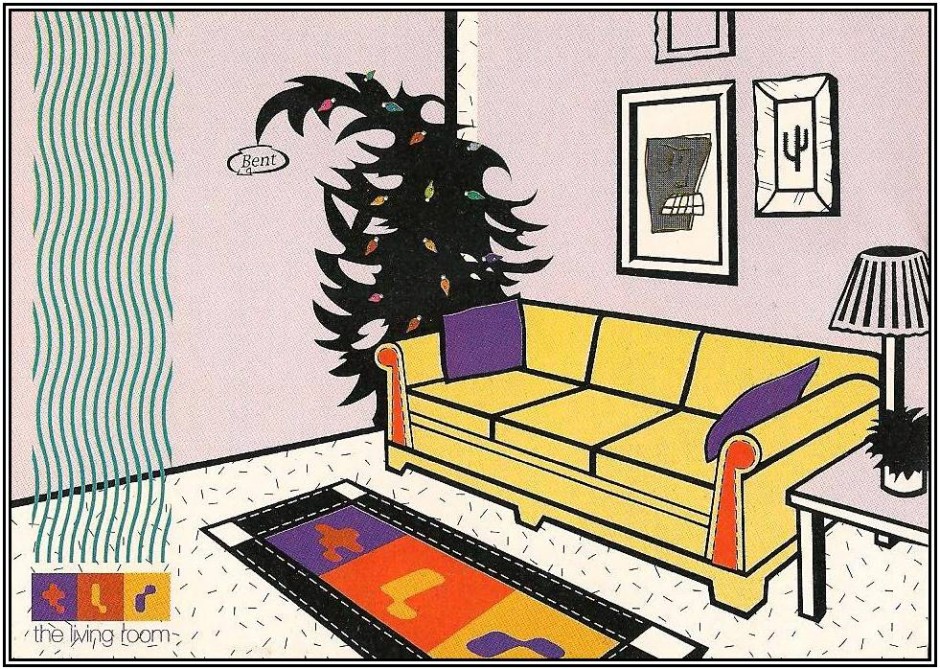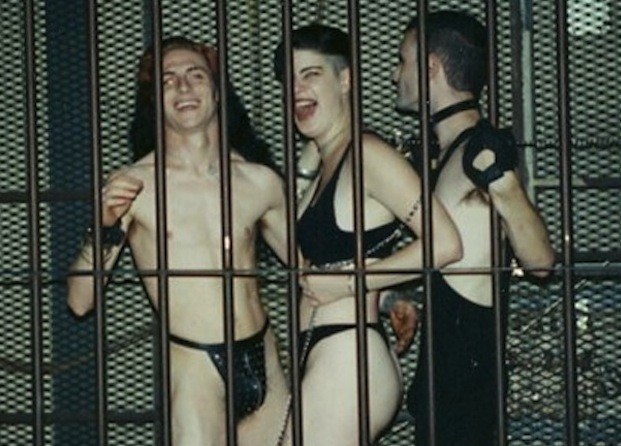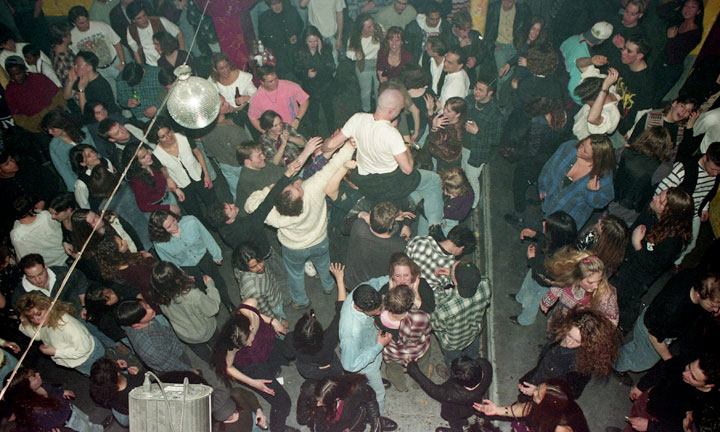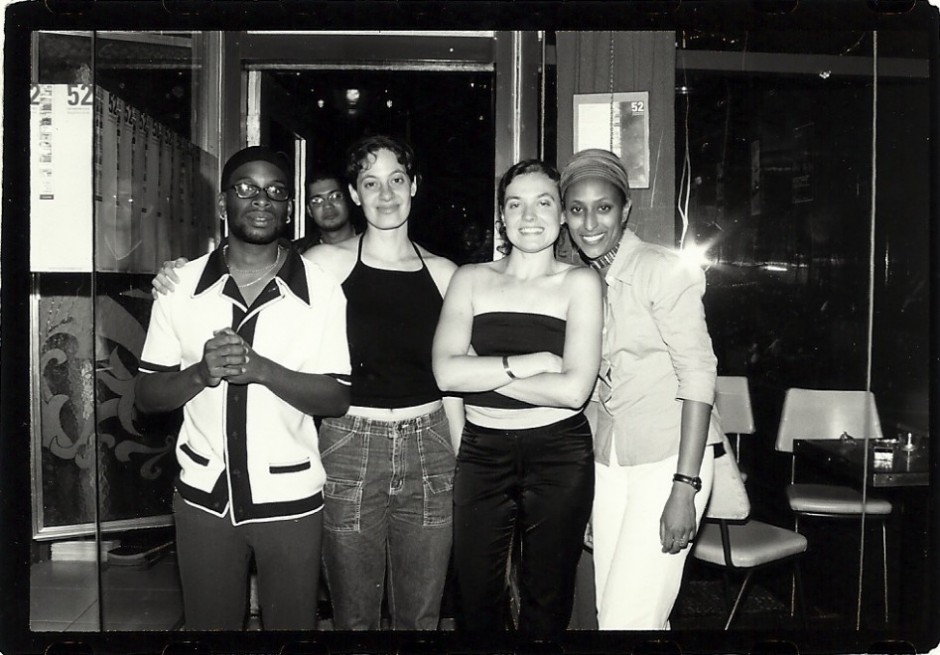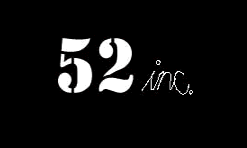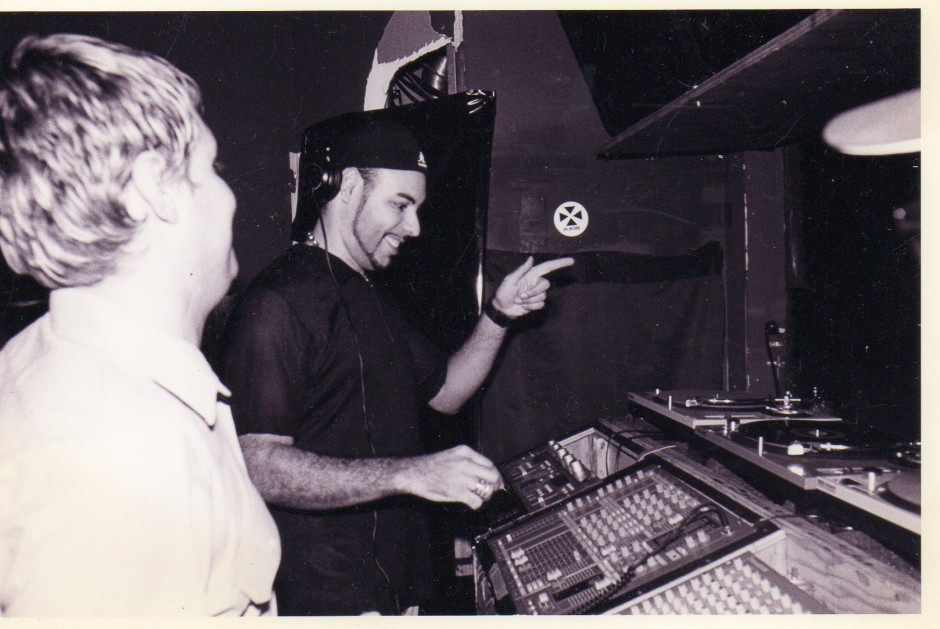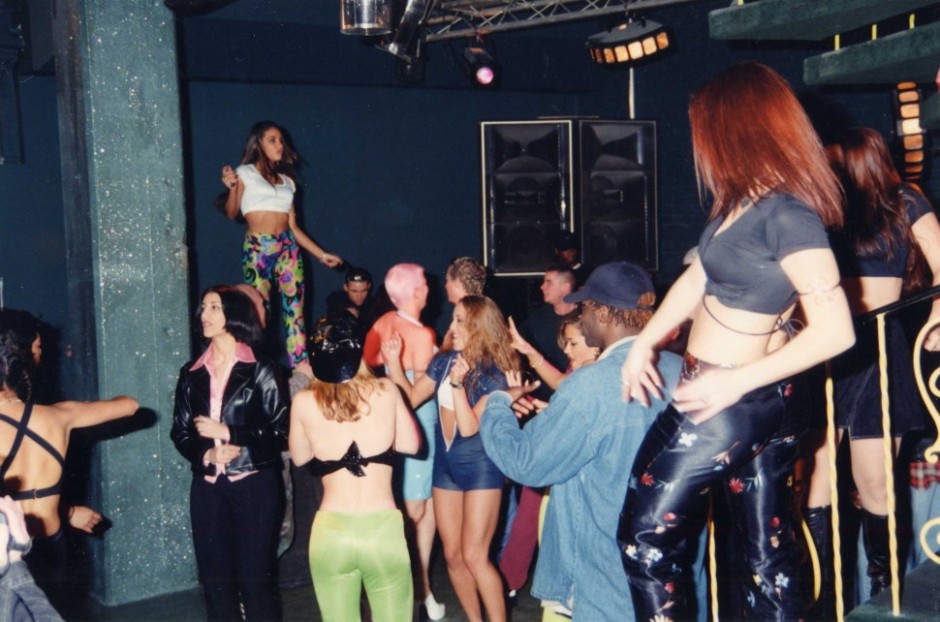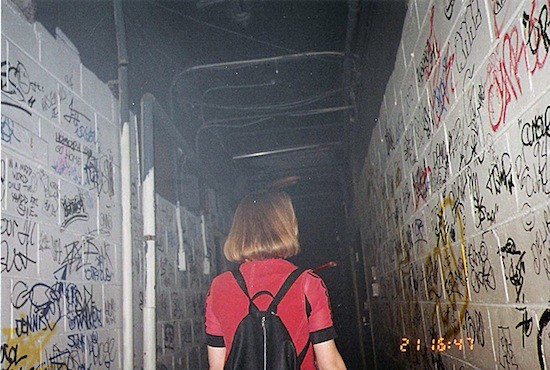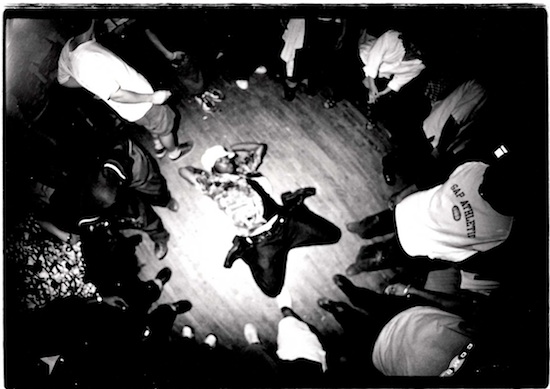Flyer for The Living Room’s “Holiday House” presented by Pat & Mario. Courtesy of Pat Boogie.
Article originally published May 10, 2012 by The Grid online (TheGridTO.com).
This late-’90s venture by the party-starting Sbrocchi and Assoon brothers became the favourite Sunday night spot for a mature crowd of dedicated house heads. It was so beloved, some called it the Toronto house scene’s version of Cheers.
BY: DENISE BENSON
Club: The Living Room, 330 Adelaide St. W.
Years in operation: 1997-2002
History: Though it may be difficult to imagine, just 15 years ago, Toronto’s Entertainment District still had some semblance of cool. It hadn’t yet become overrun with copycat venues, fall-over-drunk partiers, and frustrated residents, while the mad condo-fication we see today hadn’t fully taken hold. There remained a whiff of possibility in the area for those who wanted to open music-minded social spots.
Into this epicentre returned the brothers Assoon. In 1980—when the area was decidedly non-residential and still touted as the Garment District—Albert, Tony, Michael and David Assoon (and partners) opened Twilight Zone on Richmond near Simcoe. The deeply influential after-hours dance club ran until 1989.
Eight years later, Albert and Michael partnered with Anthony Formusa and brothers Tony and Johnny Sbrocchi to open a vastly different venture in a two-storey, Art Deco-style warehouse building near the corner of Peter and Adelaide. It had been home to the Sbrocchis’ fine-dining restaurant Ola, but that hadn’t taken off.

